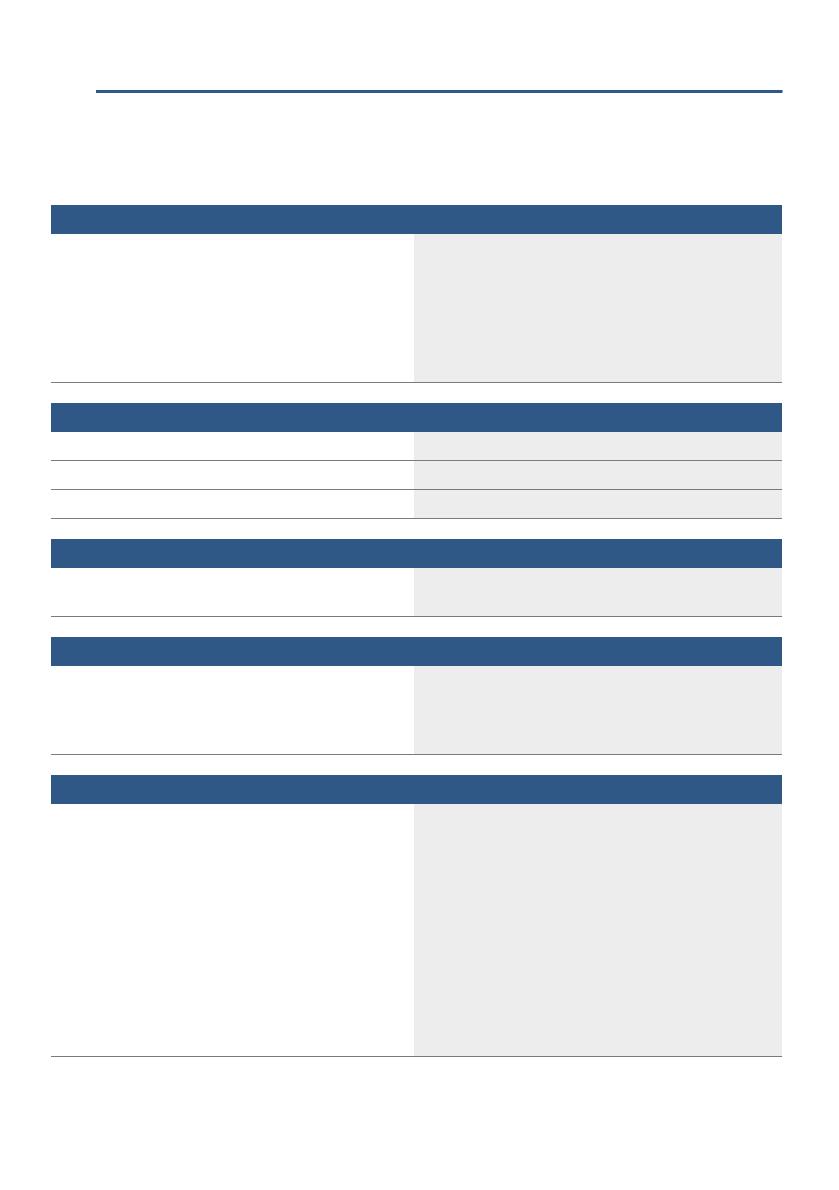
en
18
en Table of contents
en Us e r manual
( Safety instructions . . . . . . . . . . 19
About these instructions . . . . . . . . . .19
Risk of explosion . . . . . . . . . . . . . . . .19
Risk of electric shock . . . . . . . . . . . .19
Risk of injury . . . . . . . . . . . . . . . . . . .19
Danger due to refrigerants. . . . . . . . .20
Avoiding placing children and
vulnerable people at risk . . . . . . . . . .20
Damage. . . . . . . . . . . . . . . . . . . . . . .20
Weight . . . . . . . . . . . . . . . . . . . . . . . .20
8 Intended use . . . . . . . . . . . . . . . 21
7 Environmental protection . . . . 21
Packaging . . . . . . . . . . . . . . . . . . . . .21
Old appliances . . . . . . . . . . . . . . . . .21
5 Installation and connection . . . 22
Contents of package . . . . . . . . . . . . .22
Technical specifications. . . . . . . . . . .22
Installing the appliance . . . . . . . . . . .22
Cavity depth. . . . . . . . . . . . . . . . . . . .22
Tips for saving energy . . . . . . . . . . . .23
Before using your appliance
for the first time . . . . . . . . . . . . . . . . .24
Electrical connection . . . . . . . . . . . . .24
* Getting to know your
appliance . . . . . . . . . . . . . . . . . . 24
Appliance. . . . . . . . . . . . . . . . . . . . . .24
Controls . . . . . . . . . . . . . . . . . . . . . . .25
Interior fittings . . . . . . . . . . . . . . . . . .25
1 Operating the appliance. . . . . . 26
Switching on the appliance . . . . . . . .26
Switching off and disconnecting
the appliance. . . . . . . . . . . . . . . . . . .26
Setting the temperature . . . . . . . . . . .26
Super cooling . . . . . . . . . . . . . . . . . .26
M Alarm . . . . . . . . . . . . . . . . . . . . . .27
Door alarm . . . . . . . . . . . . . . . . . . . . 27
U Refrigerator compartment. . . . .27
Note when storing food . . . . . . . . . . 27
Note the chill zones in the
refrigerator compartment . . . . . . . . . 27
T Cool-fresh compartment . . . . . .28
Vegetable container . . . . . . . . . . . . . 28
Cool-fresh container . . . . . . . . . . . . . 28
Storage times at 0 °C . . . . . . . . . . . 28
= Defrosting . . . . . . . . . . . . . . . . . .28
Refrigerator compartment . . . . . . . . 28
D Cleaning . . . . . . . . . . . . . . . . . . .29
Cleaning the equipment . . . . . . . . . . 29
l Odours . . . . . . . . . . . . . . . . . . . .30
9 Lighting . . . . . . . . . . . . . . . . . . . .30
> Noises . . . . . . . . . . . . . . . . . . . . .30
Normal noises . . . . . . . . . . . . . . . . . 30
Preventing noises. . . . . . . . . . . . . . . 30
3 Faults – what to do? . . . . . . . . .31
4 Customer service . . . . . . . . . . . .32
Appliance self-test . . . . . . . . . . . . . . 32
Repair order and advice
on faults . . . . . . . . . . . . . . . . . . . . . . 32
Guarantee . . . . . . . . . . . . . . . . . . . . 32














